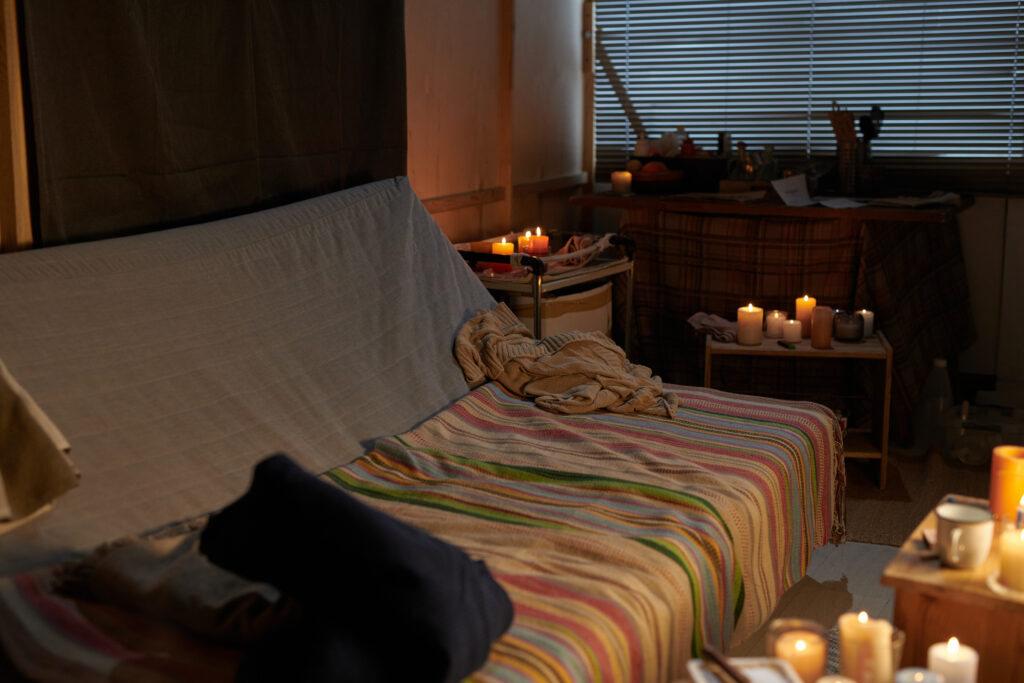Understanding RBD
REM Sleep Behavior Disorder (RBD) causes people to physically act out vivid dreams, sometimes violently. Learn what it is, how it differs from sleepwalking, and what signs to watch for — all in one place.
Unlike sleepwalking, RBD occurs during REM (dream) sleep and often involves shouting, punching, or jumping from bed. It can affect anyone but is more common in older adults and may be linked to neurological conditions. Understanding the signs and triggers is key to safety and diagnosis.


Sleepwalking usually happens in deep non-REM sleep and the person remains unaware. In contrast, people with RBD often vividly recall their dreams, which they act out during REM sleep. The causes, risks, and treatments also differ, making proper awareness essential.
Possible Causes
Several lifestyle factors and medical conditions can contribute to REM Sleep Behavior Disorder. While RBD can appear on its own, it is often linked to underlying neurological changes or medication side effects.
RBD is often an early sign of Parkinson’s or Lewy body dementia.
Injury or degeneration in the brainstem can interfere with REM muscle paralysis.
DID YOU KNOW
Sleepwalking affects both children and adults, often running in families. Linked to mental health and long-term persistence, it’s more common than many realize and deserves better awareness and support.
Sleepwalkers often navigate familiar spaces without being aware.
Most episodes begin during the deepest stage of sleep.
Sleepwalking can last a few seconds—or up to 30 minutes.
It’s okay to wake a sleepwalker—they may just be a bit disoriented.
Children vs Adults
Family Connection
Experienced Doctor
Chronic Cases
EXPERTS’ POINT OF VIEW
Experts from various fields share their insights on sleepwalking, its causes, risks, and effective treatments, helping to raise awareness and improve understanding of this complex condition.
Clinical Psychologist & Sleep Researcher
Consultant Neurologist & Sleep Specialist
Sleep Medicine Specialist, Mass Eye and Ear
Clinical Psychologist & Sleep Specialist
FAQS
Here are some of the most common questions about REM Sleep Behavior Disorder and how it compares to other sleep conditions.
No. RBD occurs during REM sleep with dream enactment, while sleepwalking happens in deep non-REM sleep.
Yes. People with RBD may injure themselves or their bed partners while acting out dreams.
It’s more common in men over 50 but can occur in younger people too.
It can be. RBD is sometimes an early indicator of Parkinson’s or other neurodegenerative diseases.
A sleep study (polysomnography) is typically used to confirm RBD and rule out other disorders.
Yes. Medications like clonazepam or melatonin, along with sleep safety measures, are often effective.
If episodes are frequent, intense, or cause injury, medical evaluation is strongly recommended.
Stay Informed & Empowered